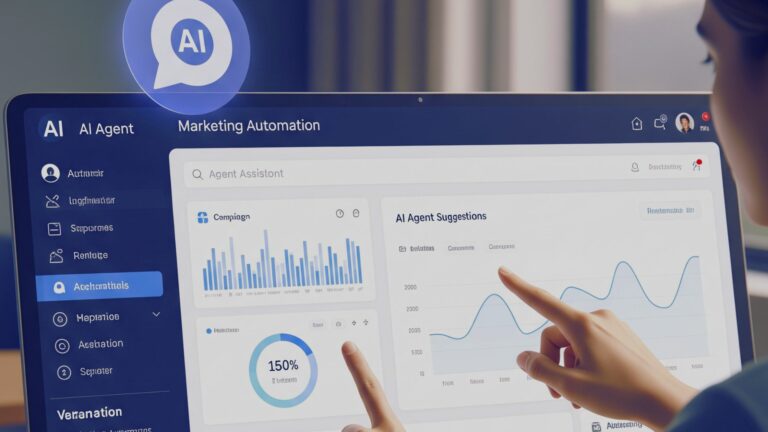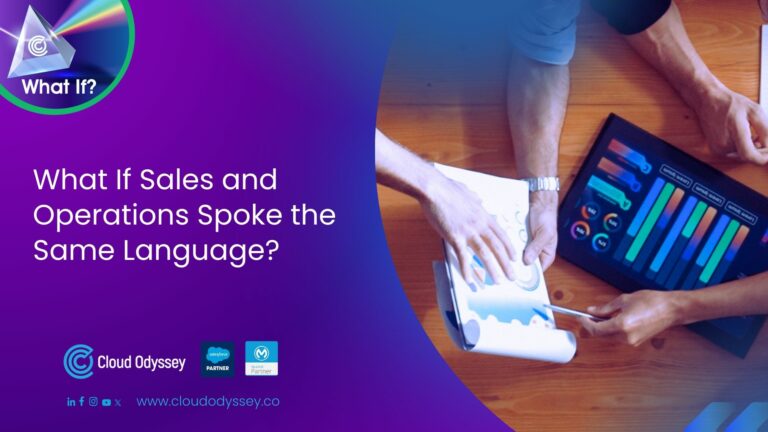Salesforce Revenue Cloud is a comprehensive solution designed to optimise revenue management for businesses. Choosing the right revenue management platform is crucial for achieving sustainable growth and success in today’s competitive business landscape.
In this blog, you will find the Top 9 Reasons to Choose Salesforce Revenue Cloud based on factors given by business professionals all over the globe who use revenue management software to grow their businesses.
What is Salesforce Revenue Cloud?
Salesforce Revenue Cloud is a comprehensive platform designed to optimise and streamline the entire revenue management process for businesses. It provides a centralised solution that enables organisations to effectively manage pricing, quoting, and billing operations. By automating these critical tasks, Salesforce Revenue Cloud empowers companies to accelerate their sales cycles, enhance customer experiences, and ultimately drive revenue growth.
9 Reasons to Choose Salesforce Revenue Cloud
1] Get better insight into customers
Companies can better understand their customers and clients using Salesforce’s Revenue Cloud. This provides both commercial and economic value for companies.
Revenue Cloud is already becoming one of the top providers of customer insights within finance technology. This is done by analysing customer data and providing insightful and accurate predictive models. Commercial value is not just gained through understanding customers but through sales interactions as well.
2] Maximised revenue efficiency
The difference between companies that offer high customer service levels and those that don’t is often the number of touchpoints. Many businesses have trouble managing their contact channels, and it’s more common for customers to get lost in the process.
On the other hand, with today’s sophisticated CRM systems, businesses can automate specific activities, which improves revenue efficiency. For example, using automation software will reduce monthly fees and take some pressure off support staff.
Plus, when company representatives understand how much time they spend on phone calls each day, they’ll know what to budget for or if they need to call in help from Salesforce Consulting Services.
3] Build a superior buyer experience
The customer is the most noteworthy part of any business. You can create a more enhanced buyer experience with the power of Salesforce consulting services.
For example, you can learn about their habits and buying behaviour and customise your content with analytics tools. It will not only bring customers back for repeat purchases but also bring in new customers.
Salesforce Revenue Cloud helps businesses manage all their finance activities, including sales, billing, collection, revenue management, and financial reporting. It delivers insights into revenue at an earlier stage than ever before, which can help make crucial decisions as they happen.
4] Improve business agility
Small business owners need solutions that allow them to grow their companies with little to no IT. Businesses using a customer success platform are not weighed down by legacy but can navigate the future with agility and confidence.
With Salesforce Revenue Cloud, you can unlock your company’s potential through insights and industry best practices. As customer demands change, business leaders need technology they can trust.
5] Gain access to mobile inventory and data in real time
The primary goal of Salesforce Revenue Cloud is to speed up the purchasing process. The ability to be agile is a significant advantage here. As an instrument, it resolves problems that arise from billing, e-commerce, and other partnerships.
It removes silos between teams, which makes communication and working more efficient. The decision-making process for representatives is made more accessible due to the instant support they receive from customers on goals, discounts, and KPIs.
The most common errors resulting from inaccurate manual entries can be eliminated through the automation of sales orders, invoicing, and the incorporation of modifications. The Customer Asset Lifecycle Management dashboard’s data helps make decisions more strategic.
6] Generate new revenue streams
Revenue Cloud from Salesforce Financial Services Cloud helps sales and e-commerce companies solve problems and maintain customer loyalty with a turnkey solution that includes analytics, data management, lead management, campaign and email marketing automation, and insights into customer behaviours.
With the help of an industry-specific software called “Vlocity,” part of Salesforce Revenue Cloud, businesses can simplify their complex revenue-related tasks like revenue subscriptions and consumer prices in a timely and prompt way.
It provides better insight into customer needs and offers tools that help create new revenue streams by analysing purchase histories and product preferences.
7] Reduce missed opportunities by delivering the right product at the right time to the right place
Fulfilling customer needs is only part of a business. It’s also important to do it efficiently. With Salesforce Revenue Cloud, customers can order products faster than ever before and monitor them as they travel through the supply chain, eliminating the need for out-of-date systems or manual data entry and saving time and money for everyone involved.
And because the information is instantly updated in real-time across multiple departments, financial services professionals can make better decisions that improve their bottom line.
8] Eliminates manual operations
Adopting technology like the Salesforce Revenue Cloud ensures that transactions and financial information are up-to-date. SFDC even automates some tasks, such as processing payments and transferring funds.
The use of this cloud solution also helps to eliminate manual operations because it operates using enterprise data rather than relying on paper trails, which in turn saves businesses time and money. One more way that SFDC can save companies money is by eliminating overstocking.
By not needing to carry excess inventory due to uncertainty with forecasting, businesses can avoid unnecessary costs without sacrificing profits or customer satisfaction.
9] Integration with existing systems and new applications
Whether you’re just starting out or have been in business for a while, integrating with other applications is a must. The same holds for connecting with your current software and hardware tools, such as your CRM, ERP, and accounting tools.
Plus, many companies use the power of email to respond more to customer needs. With Salesforce’s Service Cloud Contact Management and Leads Online Marketing Tool built into their system, businesses can improve their services by staying connected to their customers throughout the entire customer lifecycle.
Final thoughts
While the CRM and marketing departments are working together, they’re also enabling an increase in sales. In turn, push marketing has evolved to include many of the features and benefits that were once only available through a CRM tool, delivered at a lower cost of entry and with more effective results that can be measured by revenue. As this product-specific gap continues to close, we predict that businesses will soon demand a 360-degree view of the customer, including how it relates to every department in the company.
Find out more about
Salesforce CPQ Implementation – A Comprehensive Guide to Success










